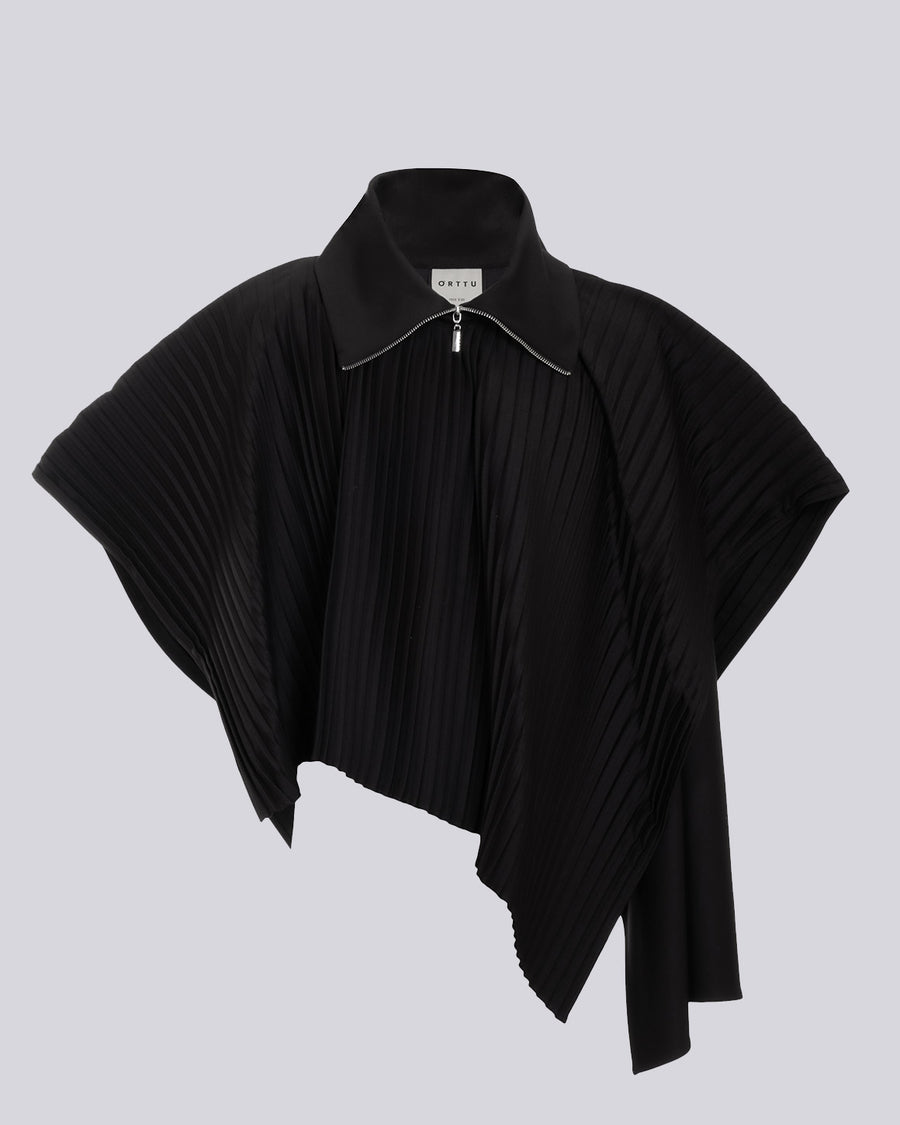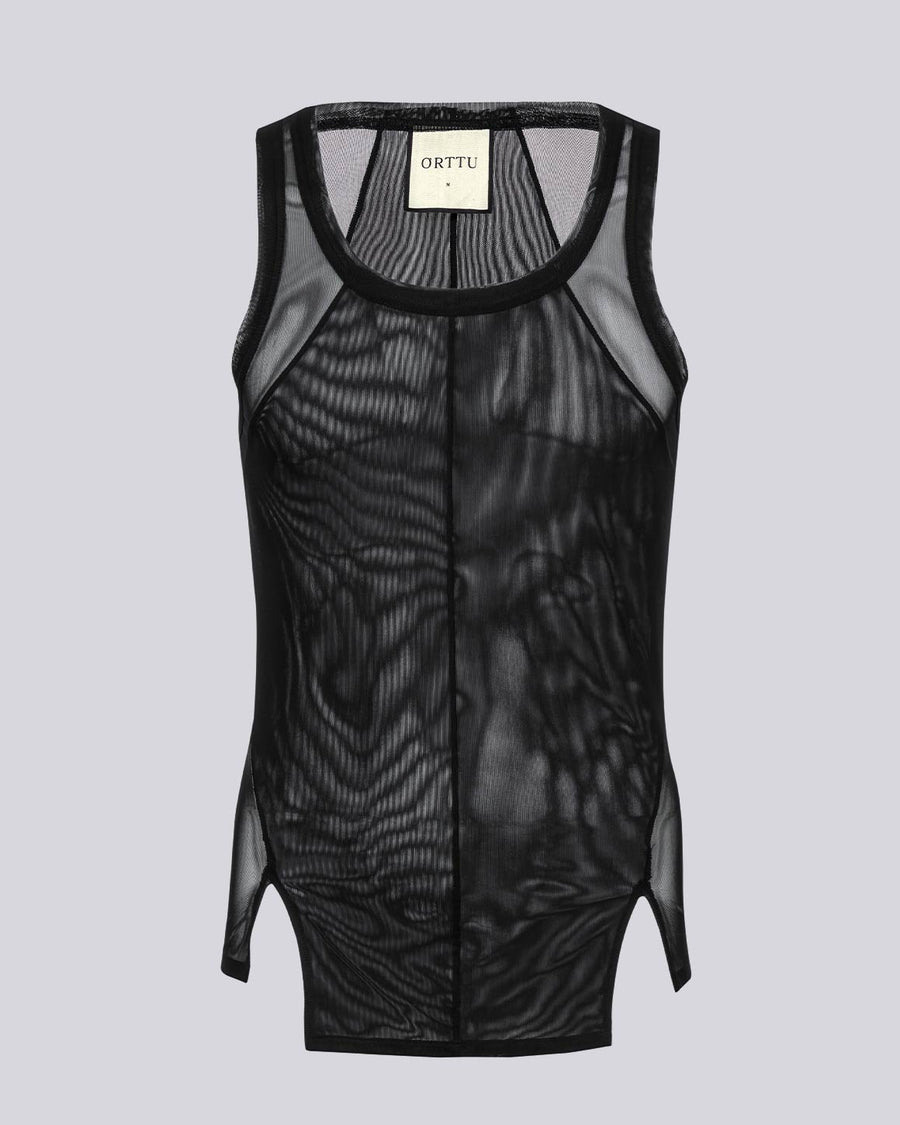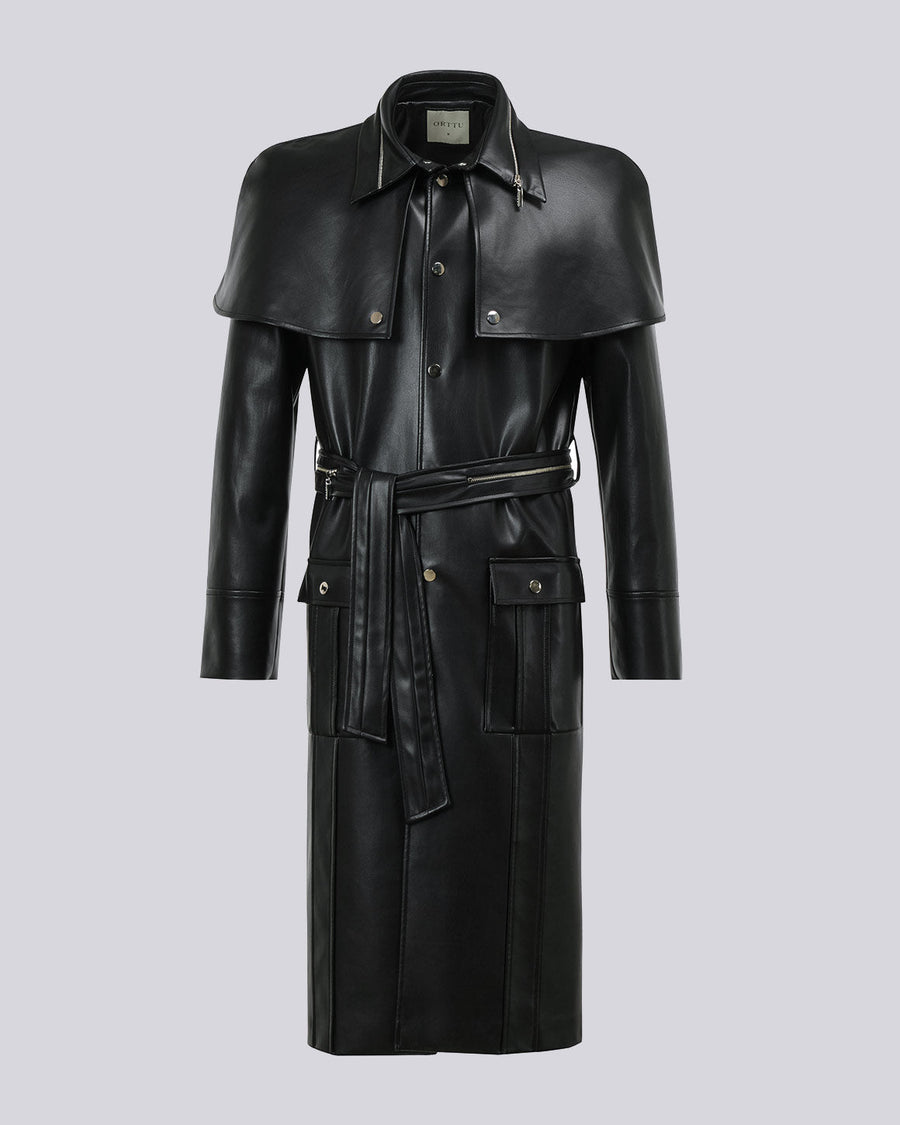Mapping Human Culture in Miniature, Creating a Big Experience

Photography by Peter Mallet
Following a multi-million pound conservation and restoration project, the Pitzhanger Manor and Gallery -- a lesser-known jewel of the arts in London -- reopened this spring. Its current exhibition is a visually complex and mesmerizing work by the visionary stage designer Es Devlin, known for her set designs for the Metropolitan Opera in New York and the Royal Opera House in London, as well as for musical superstars Adele and Beyoncé, among others.
Described by W Magazine as “one of the most influential stage designers of our time,” her work uses surface, light, projection, and reflection to create dramatic and ambiguous spatial environments with a psychological edge. Devlin’s “immense talent in fusing artistic genres would have appealed to John Soane,” says Clare Gough, Director of Pitzhanger Manor & Gallery. Between 1800 and 1804, Soane, one of British history’s best-known architects, designed the Pitzhanger Manor to be his country home. (London has expanded since then, and the gallery is easily accessible by tube train, rail, or bus.)

“Memory Palace,” the name of the exhibition, is taken from a technique of memorization used in ancient Greece but popular during the Renaissance period in Europe as well. The technique involves imagining the inside of a building, and associating specific ideas or information with the objects and places there. The individual then imagines walking through the building and recalls all that he has associated with each part, enabling him to speak at length on any subject.
Broadly speaking, Devlin had come across this concept as a child, when she lived next door to a 1:100 scale model of her town. As a voiceover narrated stories, the windows of individual buildings would light up to show where they had taken place. Itself a kind of memory palace, the model grouped stories, sounds, and ideas together at certain points in the architectural environment. “I never forgot any of those stories,” says Devlin, “as each was indelibly etched into the buildings I passed daily.”

And it seems to have informed her current exhibition, Memory Palace, which maps the “pivotal shifts in human perspective over 75 millennia,” from southern African caves, where some of the first human art has been discovered, to the study in Switzerland where Sir Tim Berners-Lee conceived the world wide web.
The result is a landscape that is cold, monochromatic, curved, and moon-like in appearance -- an imagined ghost of the present world or a future graveyard world blown over by dust. Eighteen meters wide, the mapped landscape with its miniature, white cities, carved from bamboo are intersected by mirrored planes that reflect it, distorting and enlarging the space. The sight is faintly reminiscent of the largely white, octagonal corridors aboard the spaceship of Stanley Kubrick’s movie 2001: A Space Odyssey (which itself mapped a similar history of consciousness, from hominid to space exploration and artificial intelligence).
One of the more creative, architectural-based exhibitions of recent years, Memory Palace runs through January 12, 2020. Located at Mattock Lane, London, W5 5EQ, the Pitzhanger Manor & Gallery is less than a ten-minute walk from Ealing Broadway station on the Central and District London Underground lines and Great Western Main Line/ TfL Rail.



















